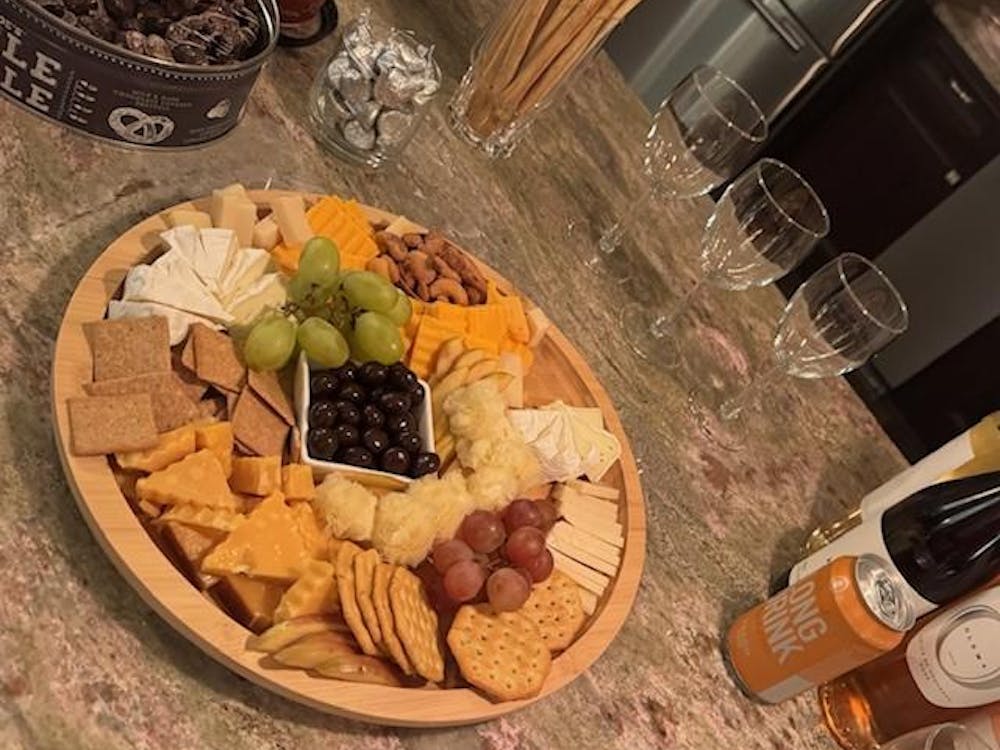The place was clean but barren and cold. I thought I was prepared for the shock, but I had never been to a government hospital before. In the maternity ward, all I could see were steel tables along a wall, some were occupied by young women with swollen bellies. As I moved closer, I realized that those steel tables were the beds where the women would actually give birth. At one end of the “bed” was a U-shaped cutout and a plastic bowl positioned under the hollow it created. Women in labor would essentially place their feet on either side of the U-shaped cutout, squat over the plastic bowl underneath and push.
This field trip was part of my summer internship at a public health research center in India, and it left a deeper impression on me than any other field trip ever has.
The steel “beds” I saw had a cloth draped over it where the woman would sit. One of them still had a massive rust-colored stain on it, which I realized could only be blood. I am not trying to force you to envision something horrific, but I think it’s important for me to describe my initial perceptions. As someone who is accustomed to an entirely different vision of maternal wards and birthing, I was definitely shocked for a while. It was a reaction that stemmed from the fact that I am privileged enough to afford the best facilities that hospitals have to offer, and in turn, those are the only places that are the “safest” to go.
What was also striking to me was the fact that these women were all in the same room and were going to give birth in the same room. As far as I knew, childbirth is definitely a ‘private’ event, extending only to close family where at least curtains would section pregnant mothers off from the patients next to them.
This was not the case here.
These young women were on the steel tables, practically undressed but for a loose gown covering them. The room was bustling with nurses in pink uniforms, walking in and out. Occasionally, they would stop to check on the patients, say a few words and then walk by. I was there as well, but no one seemed to be bothered by the fact that complete strangers were also in the ward, standing by to witness the entire thing.
It dawned on me, however, how much of a communal event childbirth was meant to be. If I thought about it, I’d much rather have fellow women next to me going through the same pain and exhaustion than be the only person in the room experiencing it. Rather than it being embarrassing, it could be very empowering.
However much I thought about all this, none of it could prepare me for actually witnessing a woman give birth. It is not pretty, no matter if it were in a cushy private hospital or in a simple government maternity ward. Of course, the entire scene was gruesome, and I started to feel waves of nausea and lightheadedness wash over me. I promptly passed out at that point and had to be led to a bed in a back room to lie down.
Right after that, I called my own mother up and asked her why in heaven’s name she thought her three children were worth all the pain of childbirth. She laughed and said, “I don’t even remember it. My brain was numb after a point.”
I was not entirely sure how I felt about having children of my own after that experience.
For me personally, it was the combination of watching a woman give birth and the setting in which she did so. A government hospital was so entirely foreign to me. I sound extremely privileged and rather naive, which is all very true since I am only ever used to seeing top-of-the-line facilities. It was hard for me to accept that this was a normal situation for women — this was the best level of health-care facilities that they had access to.
More than that, it was the realization that the fancy appearance of a hospital had nothing to do with its credibility. These were all still trained nurses who delivered healthy babies everyday. Just because a hospital did not have fluffed pillows and private bathrooms did not mean it could not save lives and provide treatment in any less of a way than the health-care facilities that I was used to. It was clean, equipped and well-staffed for its patients. All that was missing was the luxurious feature. It seems quite trivial in light of all the countless people helped here.
The truth is that the entire ordeal of child birth is so incredibly excruciating and watching a woman give birth was definitely a good reality check. It was something else to watch a baby come into this world, and it was a lot more real to me now. Childbearing is a choice women are, and should be, empowered to make. Watching women go through such pain doesn’t deter me from choosing to have children. It was the realization that they had more than willingly taken the choice of going through the pain to have a child. The willpower behind having that choice is what makes it empowering. Because at the same time, saying no to having children does not make anyone any less of a woman or any less of a person. She is simply exercising her right over her ability to make that powerful choice — I admire both equally and endlessly.
I went home that day, and I couldn’t stop talking about what I had seen and how I had felt. I was recommending that people go watch a woman give birth left, right and center — which in hindsight I can see how that might seem really strange. In addition, it is also the stark realization of how resilient women’s bodies are mentally and physically to carry out this function that amazed me to no end. In a few days time, that young girl who I watched give birth would probably be back on her feet again, going about her daily routine. After seeing what I had seen, it seemed near impossible to me. Yet women all around the world do it every day.
It is not just the choice of childbirth that women are entitled to have. The fact that women have a variety of choices is what makes them powerful and ever adapting. Take yourself as an example, a woman at the University. You can choose to dress up for yourself and feel good. You can choose whether you want to start a family or maybe put it on hold because you’re on a different path. You can choose to start a job and start a family at the same time. You can choose to say no to a date, say no to a friend, to a social event, to smiling just because it makes you “look pretty.” You can chose to wear a bra or not, you can chose to shave your legs, or not. You can choose to wear sandals, heels, crocs or cowboy boots. You can chose to dress the way you want, in the way you feel comfortable.
Women have the power of choice and the power of making a statement through that choice because no one else can and is allowed to make that choice for them.
Shree Baphna is a Life Columnist for The Cavalier Daily. She can be reached at life@cavalierdaily.com.







